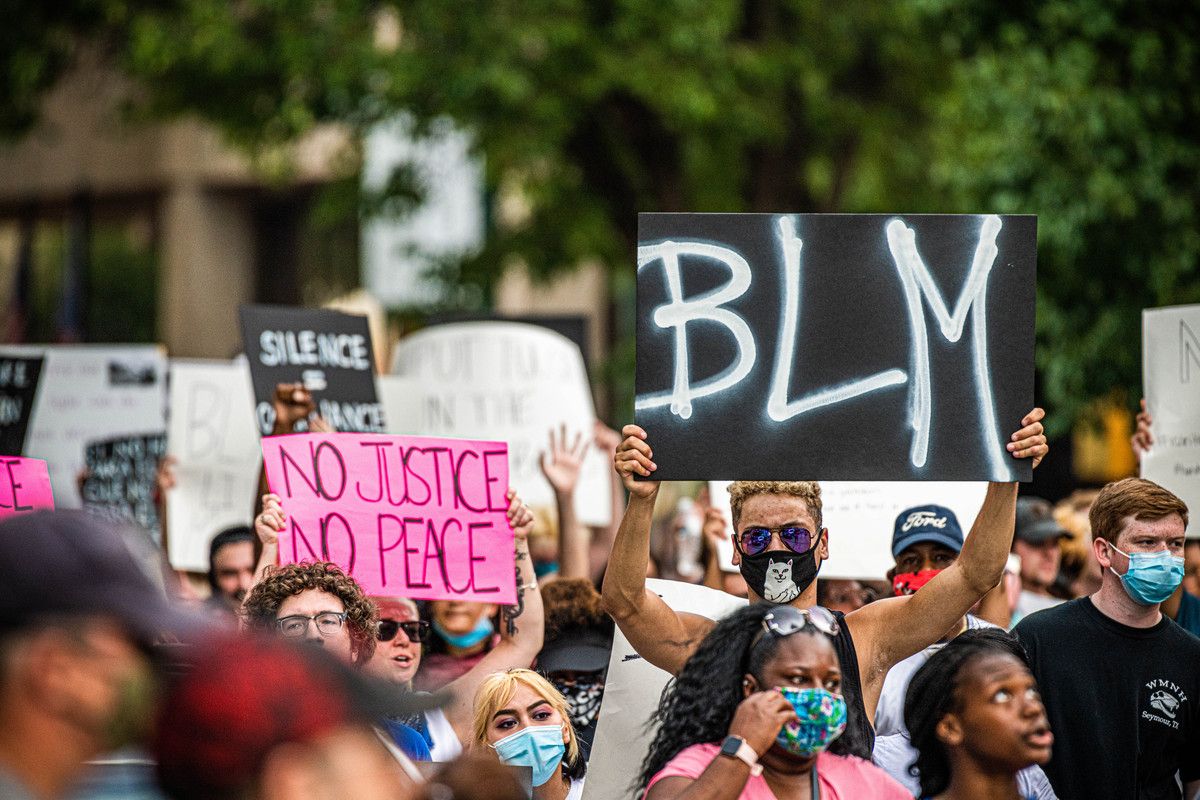The circulation of brutalities faced by Black people led to the creation of the Black Lives Matter movement (BLM). The Black Lives Matter movement arose in 2013 after 17-year-old Trayvon Martin in Florida was shot by neighborhood watch volunteer George Zimmerman. Starting off as a hashtag online and then moving into an organization, the BLM movement strives for active support and protests. Like the BLM movement, many civil rights movements were established and escalated by the publicity of deaths within the Black community. These deaths show the gravity of the need to change.
Many civil rights movements were committed to the need for change due to police authorities’ racist attitudes towards Black people — as they profile them, suspect them, and have a bias against them. These biases show in the way they treat Black people whom they suspect or those that seek their help. The bias in the system of policing stems from institutionalized racism embedded in the system. Racism in the system can be seen by the language used, the policies implemented, and the racist system it is built off. The language that police officers use and learn can be seen in Slave Codes meant to regulate and police Black people’s lives, whether free or not. In the Spanish Slave Codes, many of the laws are built off the idea that Black people are inherently dangerous and should only be rewarded for “good services and conduct.” Ever since the 17th century, Black people were overly policed wherever they were, and this type of policing is still present to this day.
Prevalent since the 17th century, over-policing still exists and can be seen in many encounters with Black people and police authorities. In twentieth-century Britain, Black people confronted the police regarding the racism they faced after the death of 18-year-old Steven, who was killed by a white gang. Steven’s family requested the police to investigate his case, but the police investigated him instead of his killers and that led to his killers never being found. This incident enraged the Black community and led to riots. Policing behaviors towards Black people needed to change and people of power needed to listen and actively better Black people’s lives. This movement led to the acknowledgment of nationalized racism at the legal level and paved the way for dialogue about institutionalized racism, which is a very important step to ending disparities between white and Black people.
In the U.S, such dialogue was able to happen due to a valiant civil rights movement with great gains achieved through several types of protest, and allowed for better race relations. The Civil Rights Movement paved the way for Obama, making it possible for a Black man to run for president. Obama took great steps in discussing the effects of institutionalized racism — which can be seen in his 2008 Speech in Philadelphia, where he talked about the controversy regarding his presidency and his church pastor. In his speech he goes over the struggles of African Americans, how they experience racism, and how that racism stems back from slavery and Jim Crow.
Black movements are needed in a world that is built on racism, and many of these movements were stimulated by the publicity of Black people’s deaths; those deaths made individuals see the serious need for change. Black movements have created room for discourse around disparities experienced in the Black community with the legal system — especially encounters with the police. It is important to understand the serious effects of racism to get people, especially non-Black people, to take action against it.
- Adina Campbell, “What is Black Lives Matter and what are the aims?,” BBC, June 13, 2021
- https://www.ushistory.org/us/6f.asp
- Sue Peabody and Keila Grinberg,” Spanish Slave Codes in the Americas 1784-1789” in Slavery, Freedom, and the Law in the Atlantic World, 2007, pg. 107
- BBC Four, “Episode 3: A Savage Legacy,” Racism: A History, Tim Robinson, Dir-Prod, March 2007, https://www.youtube.com/watch?v=V4sYJdYEsHM
- BBC Four, “A Savage Legacy,” 2007
- Barack Obama, “Speech on Race,” Philadelphia, March 18, 2008. https://www.npr.org/templates/story/story.php?storyId=88478467
Razan Osman is the 2022 Miss Juneteenth Queen. She studies Civil Engineering at Washington State University Tri-Cities where she is on the leadership team of the Black Student Union and the Women in STEM club. Razan is passionate about social justice and making an impact in her community. She can be reached at razan.osman328@gmail.com.


